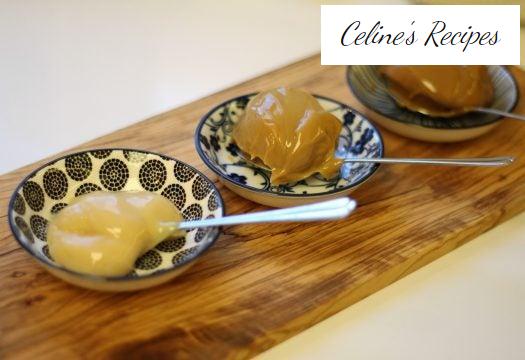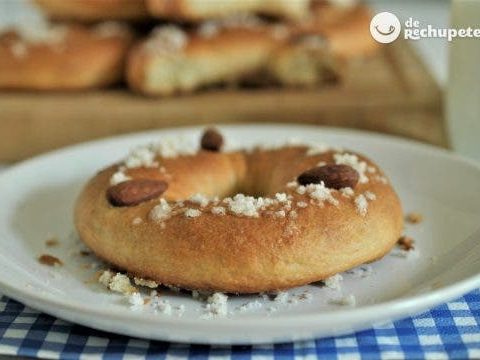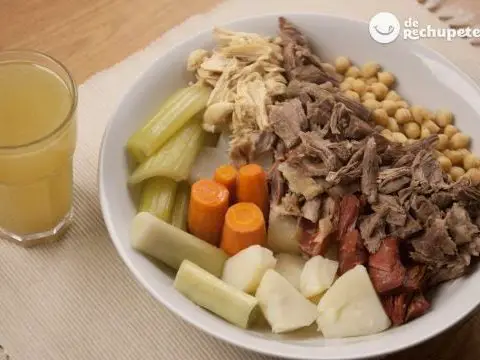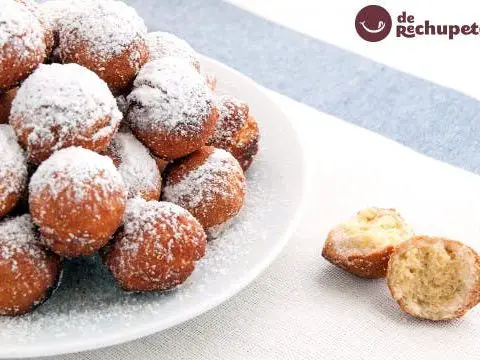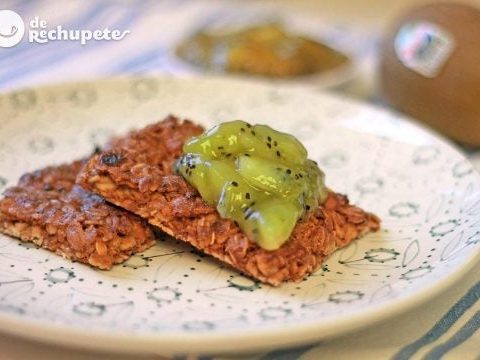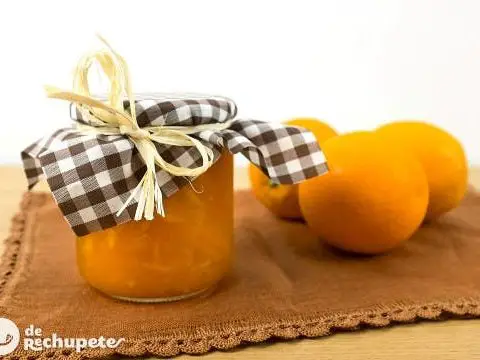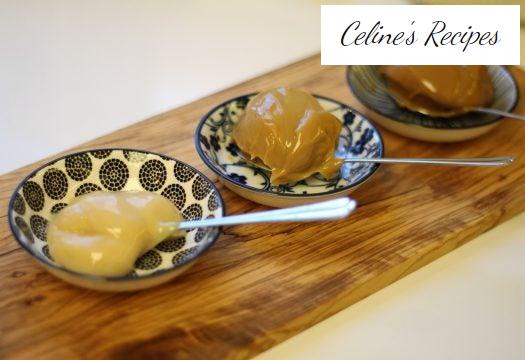
Info.
- Easy
- 150 minutes
- For 6 people
- € 0.3 / person
- 325kcal per 100g.
How to make homemade dulce de leche .
If there is one of those dessert recipes that has transcended beyond its borders and represents Latin America in the world. That is, in addition to the cornstarch alfajores , the dulce de leche , also called manjar, manjar blanco, bienmesabe, arequipe or cajeta.
Its consumption extends to almost all Latin American countries, being used as a filling for alfajores, in the famous homemade friar balls , other bills, cakes, cakes or ice cream.
It is a caramelization of cow’s milk sweetened with sugar. From this base, and depending on the country where we are, it can be flavored with vanilla, as in the case of Argentina.
We can use sodium bicarbonate or not to help it acquire a brown hue, use goat’s milk instead of cow’s, or use both combined. All options will eventually become dulce de leche, with more or less concentration, color, and hardness.
The origin and history of dulce de leche is exciting. We wrote about it a little while ago.
I leave you the step by step of this simple and a video with all the tricks and tips to get you yummy.
Preparation from condensed milk
In this video you will see how I prepare three cans of condensed milk for 1, 2 and 3 hours.
With which we get three different types of dulce de leche in texture and flavor. Perfect to accompany a lot of homemade desserts.
Milk cooking
- In a saucepan, heat the milk until it is about to boil. At that time we add the sugar and stir until it dissolves.
- Add the bicarbonate and the vanilla essence. We adjust the temperature of the fire so that the milk does not come to a boil.
- The process will last, for this quantity of milk, about 2 hours or 2 and a half hours. The first hour and a half will not be necessary to stir the milk more than once in a while, every 10 or 15 minutes.
- From this point we will have to increase the frequency, becoming necessary to constantly stir the milk in the last half hour.
- It is very important that the milk does not come to a boil, and by this I mean that it does not boil in spurts, but it does have to cook.
- That is why we regulate the temperature until we see that the milk is cooking with the minimum necessary heat.
Homemade dulce de leche preparation
- We see how the milk will acquire a darker color. Partly helped by baking soda, concentrating more and more, evaporating its water.
- It is a long and simple process that requires a certain amount of patience in order not to speed up the process.
- Increasing the temperature, since we run the risk of being burned or crystallized.
- After 1 hour and a half or 2 hours we will see how the milk begins to thicken.
- It will be at its best when you put a serving on a plate. Give it a spoon, the mark remains clean without the liquid collecting again.
- The point will be a little to your liking, more or less solidified depending on how you prefer.
- When we see that the mixture is more or less thick, we remove from the fire.
- We continue stirring for a few minutes until the sweet begins to warm, with this step it will continue to thicken.
- Once cold it will have acquired more hardness. So we have to keep it in mind when deciding the point at which we remove it from the fire.
Once ready we can save it in vacuum cans or enjoy it immediately.
You can see all the photos of the step by step in the next album .
Tips for a chubby dulce de leche
- At the time of its preparation in convenient to take into account the use that we are going to give it. If our intention is to enjoy it with yogurt, toast or use it as a filling or a cake bath if its consistency could be that of a cream.
- If what we want is to fill alfajores, the texture of the dulce de leche will have to be more consistent so that it is maintained without spreading.
- The question will be how long we are going to let the dulce de leche cook in its final stretch.
- The other option is to do it with a small trap, from cream or condensed milk. By cooking this type of commercial milk with different times we can achieve three types of texture.
- A perfect way to give it the touch you like at home, preparing the type of dulce de leche you need at that time.
And if you don’t have time, in a pressure cooker
- In this case we will use the condensed milk can, we just have to put the can lying down, in the pressure cooker. We cover with water without going over the recommended limit. We close the pot and place the valve in position 2 and bring to a boil.
- When the steam begins to come out through the valve, we cook for 20 minutes. Then we remove the pot from the heat and let it lose pressure before opening it.
- We remove the pot with a spatula (so as not to burn) and let it cool before opening, never hot. Also delicious.
Our preferred commercial dulce de leche brands
- The result is worth it, a much softer and richer milk candy than commercials.
- In Spain we can find Chimbote and Havanna.
- My cousins from Argentina always bring me a new brand to try, La Salamandra, La Serenísima Estilo Colonial, Campo Quijano, Sancor, San Ignacio, iLoLay, Milkaut or San Isidro Labrador, they are among the best known. But without a doubt when I have the opportunity, the one I like the most is the landlord, be encouraged by the recipe.
